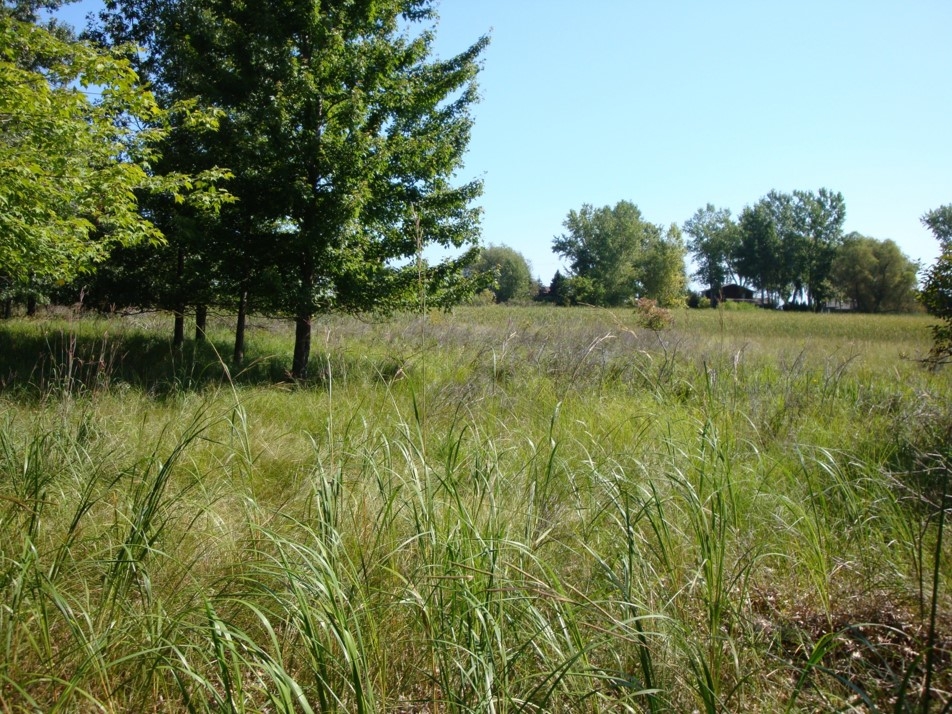Wet Prairie Group

Wet Prairies, diverse open wetlands that are dominated by grasses, sedges, and forbs, are infrequently occurring natural communities found primarily in southern Lower Michigan. Wet Prairies occur on outwash plains, outwash channels near moraines, and lakeplains on saturated to seasonally inundated mineral soils with variable organic content. Natural processes that influence species composition and community structure of Wet Prairies can include fire, fluctuating water levels, and flooding by beaver.
Five natural community types fall within the Wet Prairie group, including wet prairie, wet-mesic prairie, wet-mesic sand prairie, lakeplain wet prairie, and lakeplain wet-mesic prairie. Classification of these Wet Prairie types is based on species composition, differences (often subtle) in soil chemistry, moisture, and composition, hydrology, geographic distribution, and landscape setting.
Citation
Cohen, J.G., M.A. Kost, B.S. Slaughter, D.A. Albert, J.M. Lincoln, A.P. Kortenhoven, C.M. Wilton, H.D. Enander, and K.M. Korroch. 2020. Michigan Natural Community Classification [web application]. Michigan Natural Features Inventory, Michigan State University Extension, Lansing, Michigan. Available https://mnfi.anr.msu.edu/communities/classification. (Accessed: January 8, 2026).

